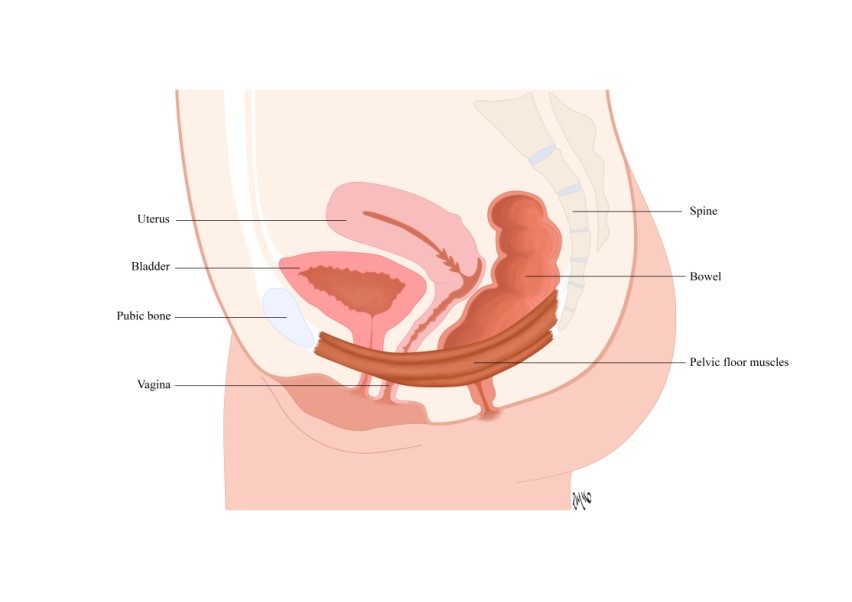Bladder & Bowel Incontinence
Explanation of common symptoms/ problems
Incontinence is a very common problem for women that can be very distressing and can affect your quality of life. You are more likely to get symptoms if you are over the age of 55. Although this is a common problem, like many others, you may feel embarrassed about seeking help.
What incontinence symptoms could I have?
Incontinence affects everyone differently and your symptoms may be happening for different reasons.
- Urinary incontinence
- Stress incontinence
- Urgency
- Urge incontinence
- Anal incontinence

Incontinence happens for several reasons within women. Having one or more of these things happen to a woman can mean it is more likely that incontinence will happen. Some of the things that may be contributing to your symptoms are:
- Pregnancy
- Childbirth
- Menopause
- Pelvic surgery
- Aging
- Genetic factors
- Soft tissue disorders
- Neurological disorders
Lifestyle- such as manual work, diet, obesity and smoking
Self help / Advice
Although these problems are common, they are not normal and should not be ‘put up with’ in silence. It is important to seek help if you suffer with symptoms of incontinence as they can be improved with the right advice. See your GP and ask them to refer you to a specialist women’s health physiotherapist.
Lifestyle changes can also help your bladder and bowel to work better. Simple changes in your lifestyle can have a big impact.
- Start to do your pelvic floor muscle exercises
- Try to prepare for any activity where you may leak by tightening your pelvic floor muscles first.
- Try not to rush straight to the toilet if you get a sudden urge. Try sitting down, waiting and using the pelvic floor muscles to calm the ‘urgency messages’ from your bladder or bowel down before you walk to the toilet. It is important to establish what is normal for you before you start to change you habit.
- When you finish using the toilet, try to make sure you have finished emptying your bladder by sitting and waiting a little longer, relaxing your pelvic floor, deep breathing or tipping forwards and backwards on the toilet.
- Try and avoid getting constipated and straining. Ensure you have a balanced diet with plenty of fluid.
For more information on healthy bladder and bowel habits see our tips for keeping your bladder and bowel healthy here.
Where to go to next
POGP pages
For further information about physiotherapy or to find a physiotherapist please follow the links below:
What to expect from physiotherapy
The pelvic floor muscles support your bladder and bowels within the pelvis and help to control when you open them or when you need to hold on. Research has shown that pelvic floor exercises done alongside lifestyle changes are the most effective way to help improve symptoms of incontinence. The good news is that pelvic floor muscle exercises are easy to perform and can be done anywhere.
Follow the links above to access free leaflets explaining how to do pelvic floor exercises. These have been produced by specialist pelvic health physiotherapists. If you are unsure how to do these exercises then you should speak to a physiotherapist who specialises in this area.
Physiotherapists who see people with bladder or bowel problems have had very specialist training and they are used to treating people who have these problems. They will carry out a thorough assessment to find out why you are getting these symptoms and explain what can be done to help improve them. They will make sure that the treatment is very specific to your symptoms.
More About Physiotherapy Assessment